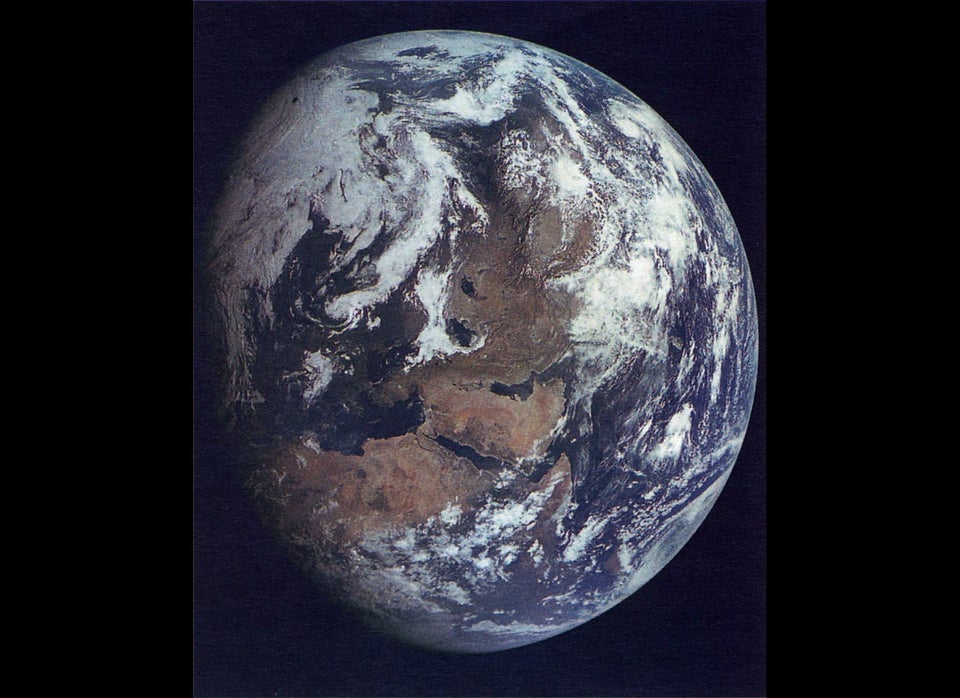A mysterious fireball that was spotted moving across the night sky and breaking apart above the Rocky Mountains earlier this month left observers totally baffled.
Some speculated that the blazing object may have been pieces from a meteor or other celestial body, but the science just didn't seem to add up. If it was indeed a meteor, it would have burned too quickly and wouldn't have been seen across such a large area, according to the American Meteor Society.
So what exactly was this fiery object?
Military experts say the so-called "fireball" -- which was spotted in the skies at around 10:30 p.m. MDT on Sept. 2 over Colorado and Wyoming, and possibly as far as New Mexico, South Dakota and Montana -- was likely a piece of a Russian spy satellite that fell from orbit.
Charles Vick, an aerospace analyst with the military information website Globalsecurity.org, told the Associated Press that it was probably debris from Russia's Cosmos 2495 reconnaissance satellite.
Cosmos 2495 was a photoreconnaissance satellite designed to take high-resolution images of ground targets, according to Spaceflight101.com. It was reportedly launched in May.
The U.S. Strategic Command, a branch of the Department of Defense, confirmed that the satellite re-entered Earth's atmosphere and was removed from their catalog of orbiting satellites in September.
The Russian Defense Ministry has denied any connection with the fireball. Ministry spokesman Igor Konashenkov says Russia's military satellites have all been operating normally.
"One can only guess what condition the representatives of the so-called American Meteor Society must be in to have identified a [fireball] at that high altitude as a Russian military satellite," he told RIA Novosti.
There are an estimated 98 operating spy satellites currently in orbit, the AP reports. Of these, almost 40 are said to be from the U.S. and just three are from Russia.

